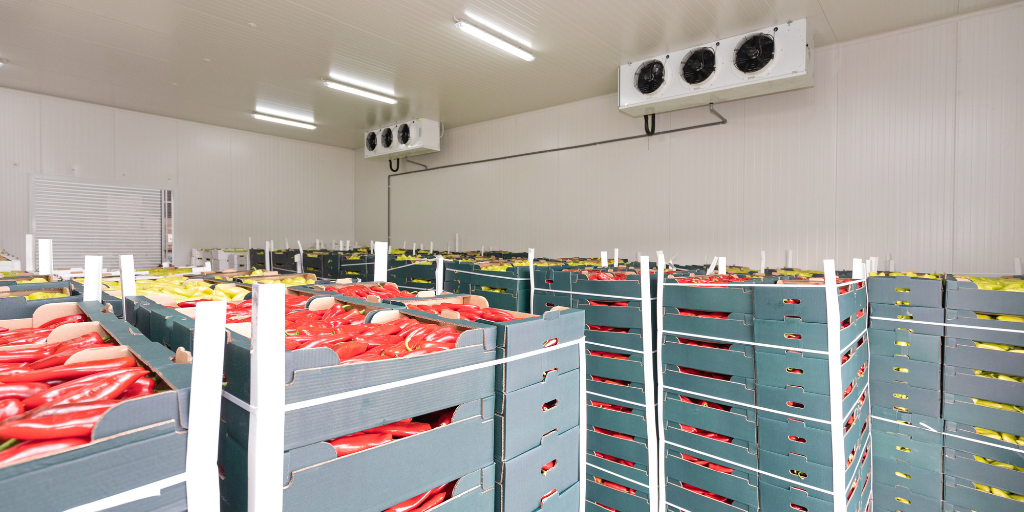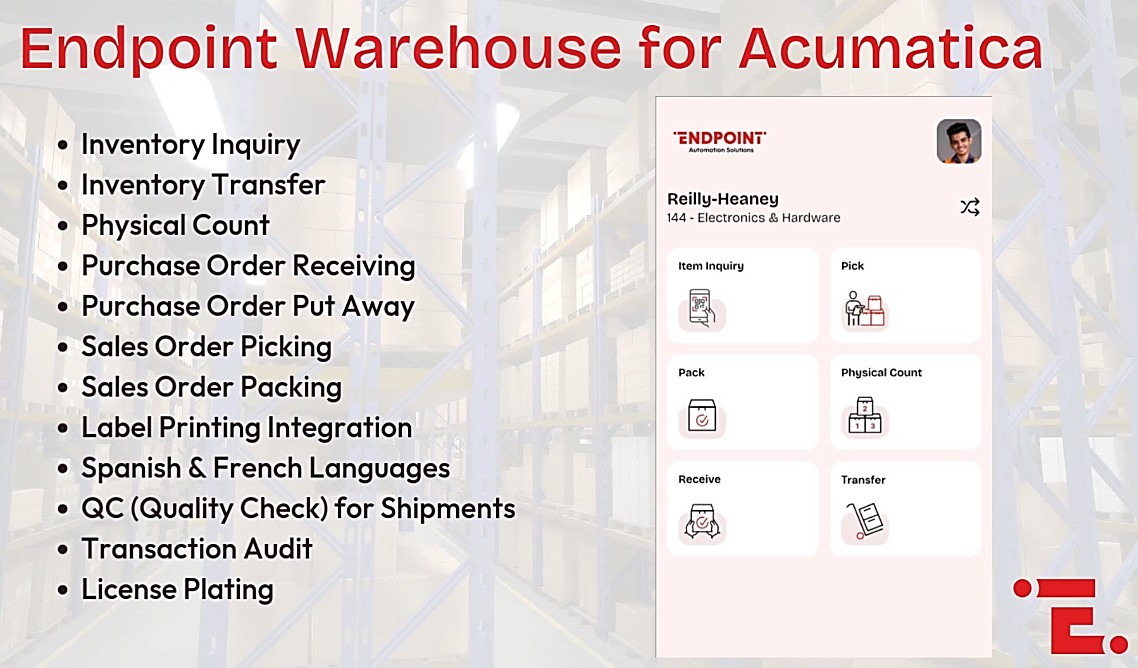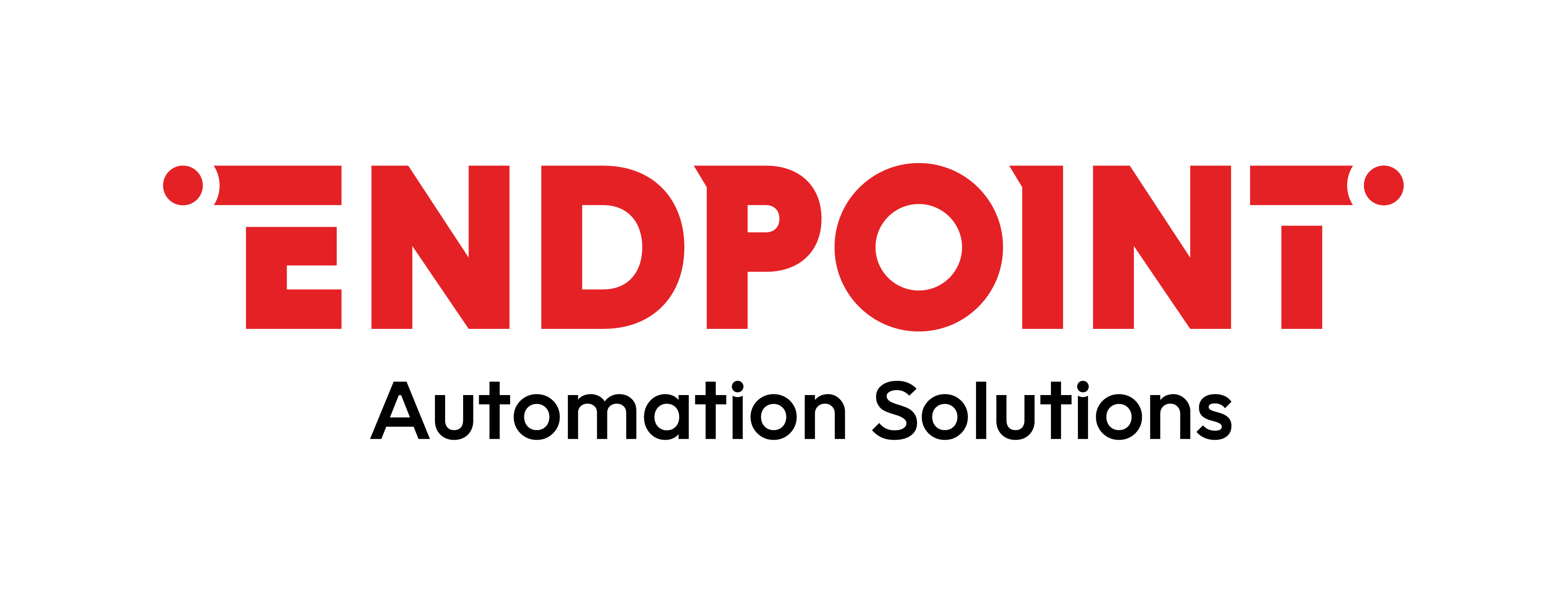March 5th 2025 10:26:27 AM
Make the Most of What’s in Your Bins with Inventory Control Software
April 5th 2022 11:00:00 AM

We know you want to optimize your merchandising process. With the right inventory control software, you can better track your products and have more accurate reporting. It will be easier to keep the warehouse organized and efficient. Revenue is likely to increase as a result.
Inventory Control vs. Inventory Management
Inventory control is part of your inventory management process. Inventory management is a broad category that includes all aspects of dealing with inventory. Purchasing and sales, reporting, and the supply chain all fall under the umbrella of inventory management.
In contrast, inventory control focuses specifically on managing and maintaining stock in the warehouse. It is the process your company uses to maximize what’s in your bins and on your shelves.
Take Control of Your Inventory
The stock in your warehouse takes up valuable physical space and ties up company capital. It’s important to invest those funds wisely in products that will turn over quickly at a good profit margin. Consider these techniques and implement inventory control software to optimize your inventory and increase profits.
1. Set up demand forecasting models.
Understanding the demand cycle for your products is the first step in forecasting. You’ll have to go deeper than looking at last year’s numbers and expecting that this year’s sales patterns look similar.
Demand for certain products is seasonal, while others become popular due to trends in fashion or popular culture. As you set up your forecasting models, include qualitative forecasting factors in your data, such as annual sales promotions.
2. Use the “A-B-C” approach to categorize your stock.
Every item held in stock has a different value of how much value it generates for the business. You can define value by sales volume, revenue, profitability, etc. Once you choose a definition that works for your business, divide the stock into categories of A, B, and C.
- “A items” are high-value items. They represent a small portion of your total inventory but are critical to your business’ success.
- “B items” are moderate-value products and they represent a significant portion of the overall inventory.
- “C items” are low-value products and these make up the majority of the inventory in the warehouse.
3. Put service-level targets in place to optimize your inventory.
The target service level measures the likelihood of having the correct quantity of an item available on request, leading to a filled order.
When you are setting up service target levels, keep your customers’ expectations in mind. Before the COVID-19 pandemic, it was common for many customers to expect next-day delivery of their orders. Today, many customers are familiar with the supply chain issues businesses face. Businesses have been forced to inform their valued customers that delivery delays may occur.
Suppose customers can adjust to a slightly longer wait for their orders. In that case, your business may be able to lower its inventory levels and buy in smaller quantities. The company could reduce its capital tied up in stock in that case.
4. Establish reorder alerts.
Once you know how many units of each product you want to carry in stock, you need a reordering system. Reorder alerts will tell you when to place orders to replenish your stock. Ideally, you check inventory daily to look for low-stock items that need reordering.
5. Incorporate zoning to store items more efficiently.
A warehouse should be tidy to operate at total capacity. If the warehouse is disorganized, it is more difficult to process orders and returns. This situation also creates inventory issues since items may become lost or misplaced.
Zoning allows you to set up specific areas for products, shipping, and returns. You can itemize the products you carry in subcategories to make them easier to find.
- Keep all refrigerated products in temperature-controlled areas.
- Store all chemicals and dangerous materials in a separate area. Employees can take appropriate safety precautions before handling them.
- Place products often sold together close to each other to make order picking more efficient.
6. Use cycle counts to audit your inventory regularly.
The annual inventory count is something that is familiar to anyone who carries stock. It’s essential to conduct a physical count of everything on hand and compare it to the numbers on the books at the end of the year.
Rather than just counting inventory once a year, using cycle counts is a much more effective policy.
- You don’t need to shut down your operation to conduct them, for one thing. Instead, you run your inventory counts on specific warehouse sections, certain types of products, or other categories.
- Cycle counts can help you find problems with your inventory quickly. If you conduct them throughout the year, it’s much easier to spot discrepancies in your inventory numbers. You’ll be able to spot whether you are dealing with normal shrinkage or a more significant problem of inventory loss due to theft or fraud.
7. Implement inventory control software to track stock in real-time.
Business runs at a fast pace. Many companies can no longer keep track of inventory, orders, and shipments using pen and paper.
Inventory control software gives you and your team accurate data about your stock in real-time. You can make better decisions about when to place orders if a product suddenly becomes popular before a stock-out occurs. The software also points out slow movers before they become problematic; you can make decisions to clear them out while they are still profitable.
Scanco has Warehouse Automation and Inventory Control Software for You
Scanco can help you find the right warehouse automation or inventory control software solution for your business. Our solutions include barcode scanners, label printers, payment automation apps, and more. Contact us online or call (330) 645-9959 to make an appointment with a Scanco Solutions Expert to take the next step today.













